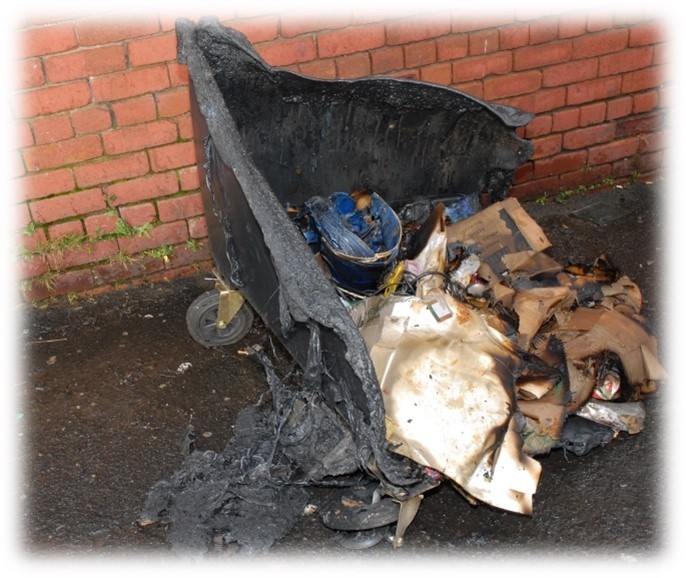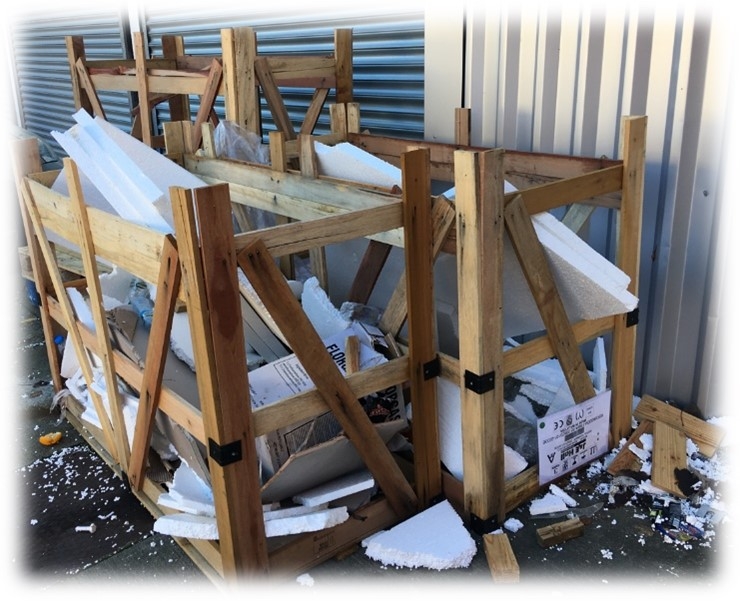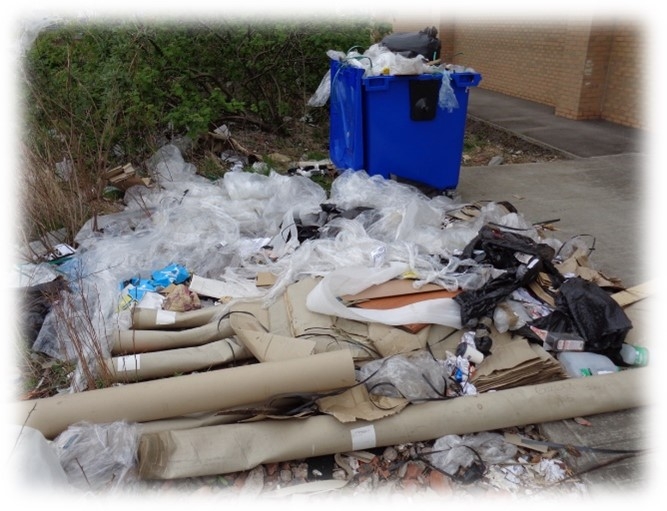Arson Reduction & Businesses
Sadly, research into the impact of arson on shops, businesses and retail outlets shows that 85% of those businesses that were victims of arson and deliberately set fire never recover. As an example, the economic loss due to arson and deliberate fire to the UK in 2017/18 was £5.73 billion.
But with some simple, inexpensive prevention methods, (and a little creative thought), you can protect your business from arson and deliberately set fires.
1. Security is Fire Safety:
• Fencing around your premises should be at least two metres tall.
• Keep access gates locked unless in use.
• Ensure that any gaps, holes in your fencing around your business site are repaired.
• Leave at least a 1.2m gap between any flammable materials and your perimeter fence.
• Keep flammable materials away from your buildings, (central to a stockyard area is best).
• Locate skips and bins away from main building and in clear site, consider installing inexpensive Wi-Fi linked CCTV.
• Empty skips and bins regularly. Use lockable skips where possible.
• Keep bushes and trees regularly trimmed to improve visibility. Don’t allow tree limbs to overhang your perimeter fencing.
• Have a ‘Close down’ routine at the end of the day to check security and skips, bins, and flammable stock.
• Conduct a Fire Safety & Arson Inspection, (‘Walkaround Wednesday’) once a week to maintain the site security and safety.
2. Business Fire Safety, (and the Law):
Owners and managers of businesses, shops and food outlets need to comply with the Regulatory Reform (Fire Safety) Order 2005.
As the responsible person, you must:
• Carry out a fire risk assessment of your premises, review it regularly and ensure that it is held on the premises and is always available for inspection.
• Brief staff about any risks that are identified and create a plan.
• Put the plan in place and maintain appropriate fire safety measures.
• Create an emergency plan, document it, practice it and review it.
• Provide staff with information, training, and post clear instructions.
3. Waste Materials Management:
• Designate key staff to be responsible for key areas of your business that produce flammable waste, (i.e., packaging). Ensure waste materials are reduced in mass, size and mix of materials.
• Hold regular waste management meetings to discuss packaging reduction, recycling or reuse options to minimise the build up of stored waste on site.
• Make it Thin to Fit the Bin. Always flatten-out boxes so they have less surface area. Place the flattened boxes to make a stack of cardboard, then tape or tie the boxes together.


